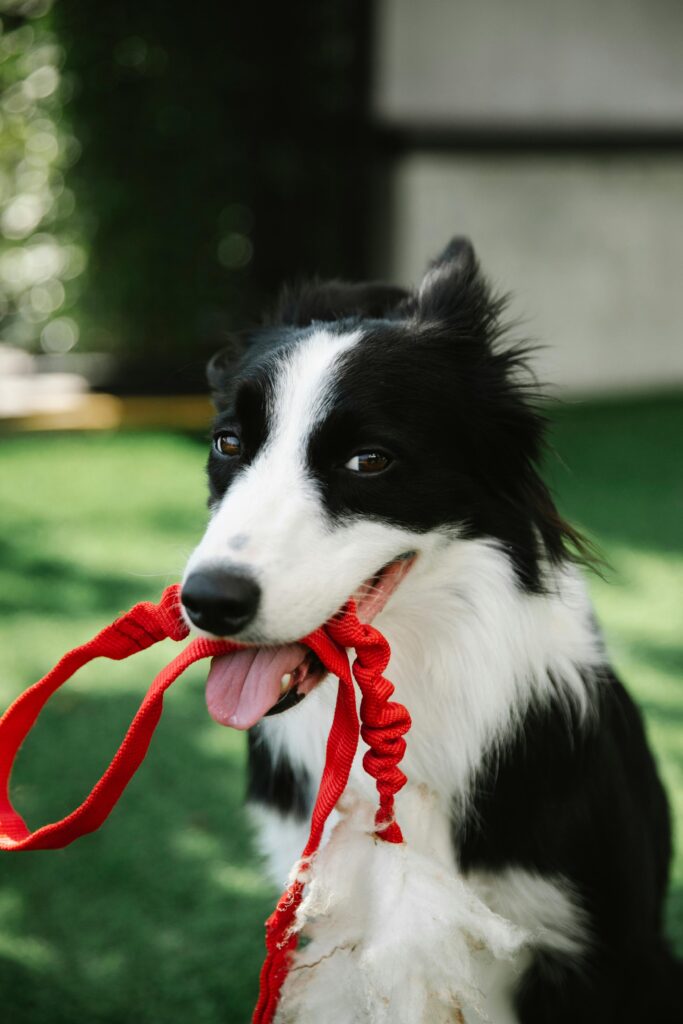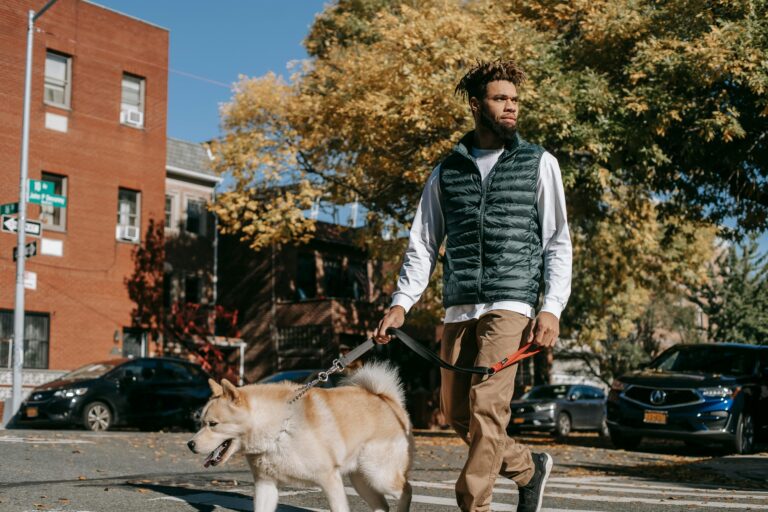If your dog barks, lunges, or growls when on a leash, you’re not alone. Leash reactivity is one of the most common challenges we address at Off Leash K9 Training Houston. Many owners assume it means their dog is aggressive, but the truth is more complex. Reactivity is often rooted in fear, frustration, or lack of structure, not outright aggression.
Understanding the causes and debunking common myths can help you create calmer, safer walks with your dog.

What Is Leash Reactivity?
Leash reactivity occurs when a dog overreacts to triggers while restrained by a leash. Triggers might include other dogs, strangers, cars, or even bicycles. Without the option to retreat, dogs may resort to lunging, barking, or growling as a way to cope.
Common Causes of Leash Reactivity
- Frustration: Dogs that want to greet but are held back can become vocal and physical.
- Fear or anxiety: Some dogs feel trapped when restrained and react defensively.
- Lack of socialization: Limited exposure to different environments can create uncertainty.
- Owner tension: Tightening the leash or reacting nervously can feed your dog’s stress.
- Inconsistent training: Dogs that haven’t learned calm leash manners may default to overexcitement.
Our blog on dog anxiety solutions covers how anxiety often disguises itself as reactivity, and how to build confidence in these dogs.
Fixes That Work
Leash reactivity can be improved with patience, structure, and consistent practice.
Key strategies:
- Engagement training: Teach your dog to check in with you instead of focusing on the trigger.
- Distance work: Start training at a distance where your dog notices but doesn’t overreact.
- Gradual exposure: Slowly decrease the distance as your dog succeeds.
- Marker words and rewards: Use clear communication to reinforce calm behavior.
- Calm leadership: Stay relaxed and avoid tightening the leash, which increases tension.
Our Basic Obedience Program provides these foundational tools, while our advanced options tackle real-world distractions that often trigger reactivity.
Myths About Leash Reactivity
Let’s clear up some of the most common misconceptions:
- Myth: Reactive dogs are aggressive.
Many reactive dogs are frustrated greeters or nervous, not aggressive. - Myth: They’ll grow out of it.
Without training, reactivity often worsens over time. - Myth: Dog parks fix reactivity.
Chaotic environments usually reinforce bad habits rather than solve them. - Myth: Stronger equipment is the answer.
Head halters, harnesses, or prong collars alone don’t address the root issue. Training does.
For a deeper look, the AKC explains the difference between reactivity and aggression, helping owners understand why it’s crucial to address the behavior early.
When to Seek Professional Help
If your dog’s reactivity feels overwhelming, don’t wait. Professional training provides structured guidance and safe, proven strategies to manage triggers. Reactivity doesn’t fix itself, but with the right approach, it can be dramatically reduced.
Final Thoughts
Leash reactivity isn’t about having a “bad dog.” It’s about unmet needs, poor communication, or lack of structure. With clear training, patience, and the right techniques, you can transform stressful walks into calm, enjoyable outings.
Ready to tackle leash reactivity head-on?
Our trainers are here to help you identify the cause and create a plan that works for your dog. Contact us today to schedule your evaluation.

